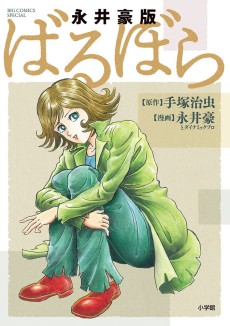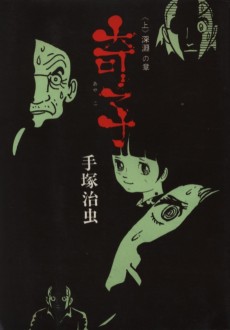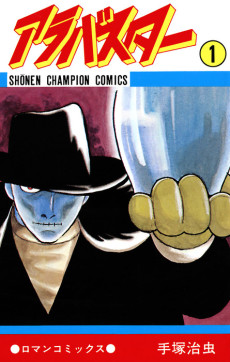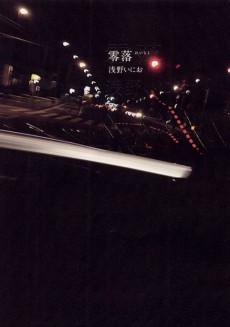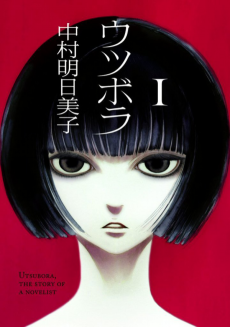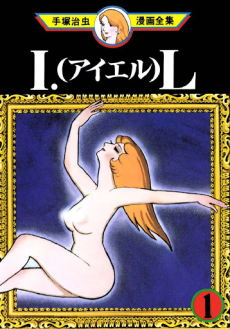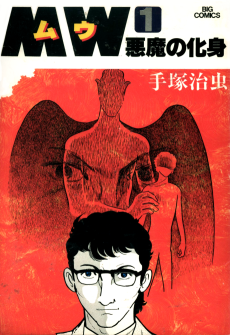BARBARA
STATUS
COMPLETE
VOLUMES
2
RELEASE
May 10, 1974
CHAPTERS
15
DESCRIPTION
Wandering the packed tunnels of Shinjuku Station, famous author Yosuke Mikura makes a strange discovery: a ragged hippie who can quote French poetry. Her name is Barbara. He takes her home for a bath and a drink, and before long Barbara has made herself into Mikura’s shadow, saving him from egotistical delusions and jealous enemies. But just as Mikura is no saint, Barbara is no guardian angel, and Mikura grows obsessed with discovering her secrets, tangling with thugs, sadists, magical curses and mythical beings – all the while wondering whether he himself is still sane. Written in 1973 and 1974 and inspired by the classic opera “Tales of Hoffmann” by Jacques Offenbach, Barbara may be Tezuka’s most psychological and unsettling work, shattering the fine line between art and madness with masterful precision.
(Source: DMP)
CAST
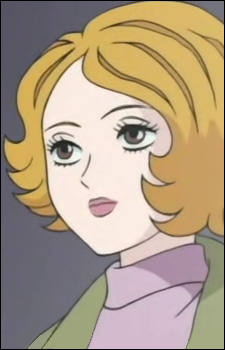
Barbara
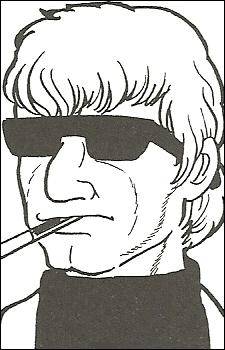
Yousuke Mikura
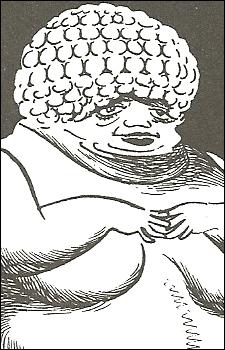
Mnemosyne
CHAPTERS
RELATED TO BARBARA
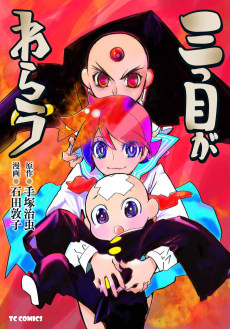 MANGA AdventureMitsume ga Warau
MANGA AdventureMitsume ga WarauREVIEWS

rawoatmeal
100/100If you read this manga you will DIEContinue on AniListIn The Tales of Hoffmann, a man named Hoffmann recalls the three tenets of a prima donna: that which captures the essence of beauty, that which captures the essence of the artist, and that which captures the essence of the entertainer. He tells the tale of each in the form of a woman who he once loved as a doll, a singer, and a courtesan. Each represents a facet of a single living woman named Stella whom he is currently in a relationship with. Hoffmann’s muse, who wants him all to herself, can be seen as the side of his psyche which declares that he will dedicate his life to poetry. Stella sees that Hoffmann has chosen his muse over her and leaves him for another man. (Please note that I have only seen the 1951 film adaptation and am unsure if other productions of the opera differ.)
When an author named Mikura meets Barbara in Barbara, she’s nothing more than a fascination; a drunk, homeless woman who seems rather well-read. She clearly overstays her welcome, yet Mikura never kicks her out. He only snaps when she destroys the woman he’s making love with who just so happens to be… a mannequin. This is the story of Hoffmann again, yet in a much more peculiar and vulgar form.
“Deep down, every human being has a psychotic side… Civilized society tames it, while morality and the law tie it down. There are some who spend their whole lives never revealing their psychotic sides. But for an artist, that would be unbearable."
This is Osamu Tezuka at his most chaotic. Inspired equally by Koubou Abe’s unhinged The Box Man—a novel about identity (or lack thereof) and reality—as it is by Hoffmann. There are no punches being pulled here, and the chronicle's hand has been revealed. By the beginning of this tale, Mikura has already dedicated himself to his art. He has already dedicated himself to Barbara. She always returns no matter what, and he gradually falls more infatuated with her. However, things start to get more absurd when Barbara's own existence comes into question...
Tezuka’s panels are clustered and crowded more than they’ve ever been. His imagery is vivid and compact unlike any other work of his. This is a story of evil just as much as it is a story about art, and you can feel that black magic throughout every step of the way. His visual storytelling is the highlight of a manga with an exceptionally excellent, eclectic narrative. Barbara is like nothing else I’ve read or watched. Well… except for Makoto Tezuka’s 2019 movie adaptation with cinematography by Christopher Doyle (also great). And Go Nagai’s 2020 manga remake (also also great). If you want to get into Tezuka this probably isn’t the best place to start, but for more experienced readers I can’t recommend it enough.
SIMILAR MANGAS YOU MAY LIKE
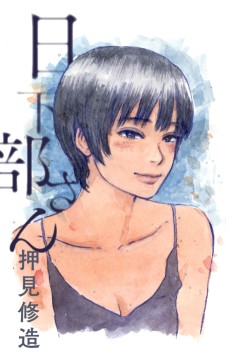 ONE SHOT DramaKusakabe-san
ONE SHOT DramaKusakabe-san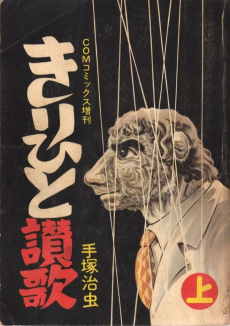 MANGA DramaKirihito Sanka
MANGA DramaKirihito Sanka MANGA MysteryShinkiro Kitan
MANGA MysteryShinkiro Kitan
SCORE
- (3.5/5)
MORE INFO
Ended inMay 10, 1974
Favorited by 42 Users

